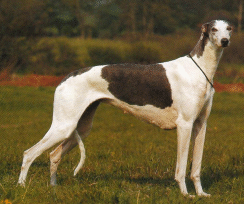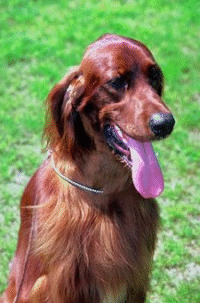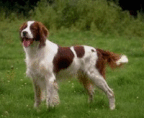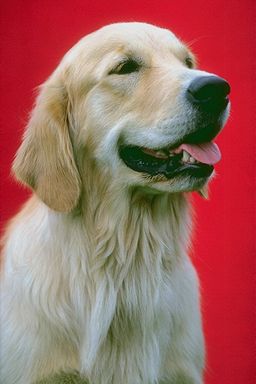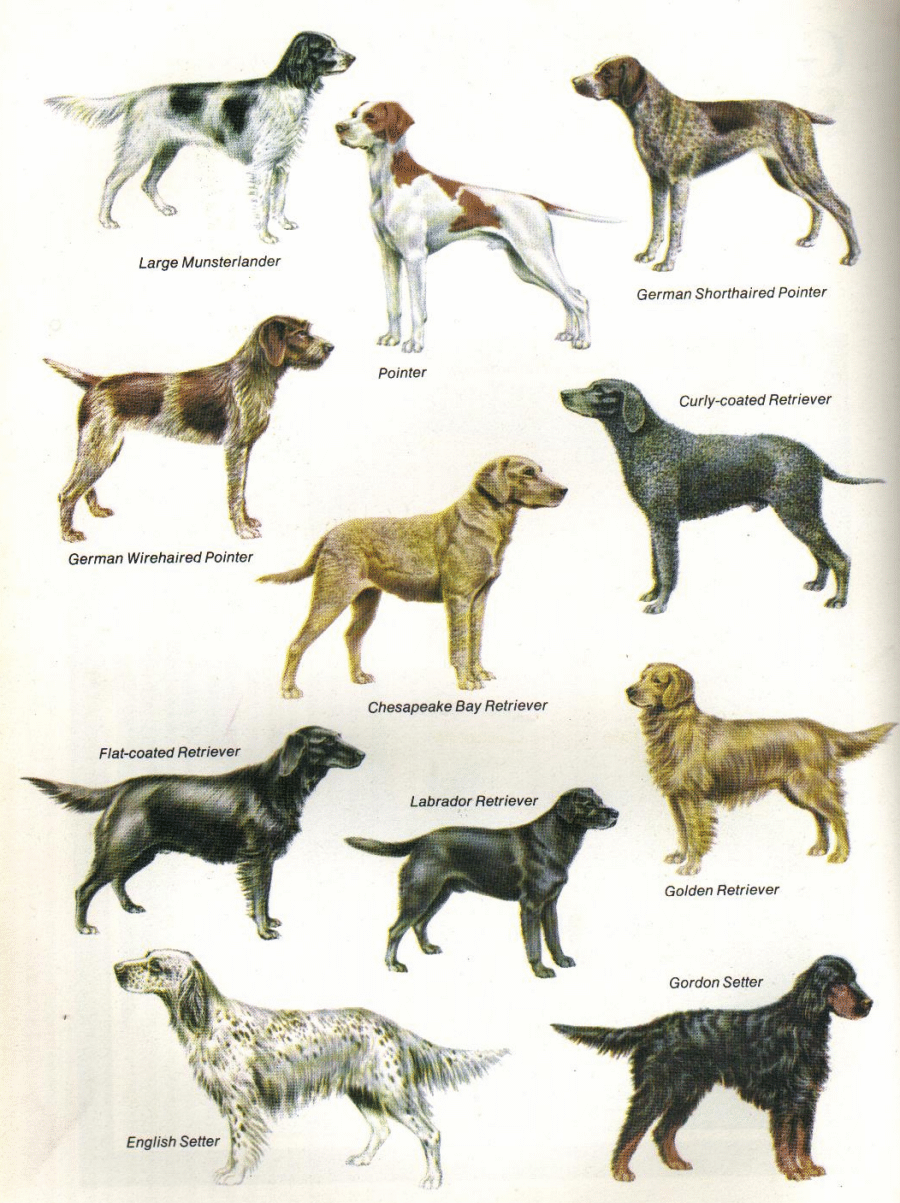| A WHIPPET OR A GREYHOUND MAKE A GOOD CROSS WITH A COLLIE | |||
|
|
||
| Image coming soon... |
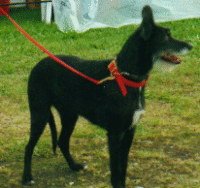 |
THIS IS BESS THE LURCHER
So you have decided you want a pup.
How do you go about choosing one?
There are many things to take into consideration .
There are many types of breed such as Bedlington cross Whippet, Collie cross Greyhound the amount of crosses are endless .
The collie is crossed into the breed for its intelligence, the Whippet is introduced for its lightning speed and its ability to turn on a tanner.
Likewise the greyhound is crossed for its speed its not quite as fast over short distances as the Whippets but is superior over longer distances.
Many breeders are crossing the Bedlington terrier into their breed for there unbeatable gameness.
Bedlington crosses have the ability to pick rabbits up after the rabbit has ran into the usually safe hedgerow.
For rabbiting my favourite is the collie Whippet cross its got the speed manouverability and the brains - everything needed for a good lamping dog.
When choosing a puppy, one thing to try and look for is a pup with good thick pads. After all when it grows up, it could go out rabbiting three or four nights a week sometimes over rough ground and the pads are their shock absorbers.
COLLIES X BEDLINGTONS ARE A
GOOD COMBINATION
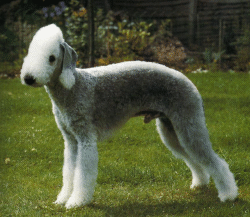 |
When your pup is around six months old, it is time for the training to begin. Nothing too serious to start with, just a little bit of retrieving with a ball.
Retrieving is in my opinion the most important thing in a rabbit dog . I have seen dogs catch a rabbit and their owner is standing there shouting the dog or even chasing the dog around the field scaring the other rabbits away. This behaviour is totally unforgivable and down to the owners laziness when training the dog. After your pup starts retrieving its ball, its time to to move on. What I do at this stage is pin rabbit fur onto a washing up liquid bottle and let the pup start retrieving some fur. Every time she does so without squeezing the bottle give her a treat. This is done to stop the dog bruising the rabbit and making it unfit to eat. After a very short time the pup will be retrieving as fast as it can run.
The next stage of training is jumping. Its a must that you get your pup jumping because when you’re on a nights lamping you will encounter many obstacles such as gates, fencing and hedges which you and your dog have to climb over. Start off with your pup stepping over small obstacles and slowly over the weeks building up until they are clearing gates.
Remember every time your dog clears an obstacle to give it a treat and a fuss. Once your pup reaches about eleven months old, its time for your dog to go out at night and have a look at the lamp. For people who don’t know what a lamp is, or lamping, its a high powered hand held lamp connected to a battery pack that I keep in a rucksack. The lamp itself can be as powerful as 100.000 candle watt power that stuns the rabbit and sometimes will be caught without moving. So as you can imagine, things will look very strange to the dog for the first night or so. What I would try and do is take an experienced dog out with me for the first time so your pup can watch and learn. But remember not to slip - that is release both dogs together, this will only make the dogs fight over and pull the rabbit apart and all of your hard training will be down the pan.
At this stage I would like to remind you that I only work my dog on people’s land who have given me permission in writing to be on their land. Rabbits cause thousands of pounds of damage to crops and land all over the country, not counting the amount of cattle and horses who have to be destroyed each year due to leg wounds caused by rabbit holes. I think you would agree with me that lamping is the most humane way of keeping rabbit numbers under control. The alternatives are them being gased or the very cruel myxomatosis. Any one who has ever seen this dreadful disease will know that they die a very slow and painful death .
I hope you have enjoyed reading this article, all the work you put in to the training of your dog will repay you tenfold in the dog’s working life time.
Alan Thorpe, our lamping expert.
